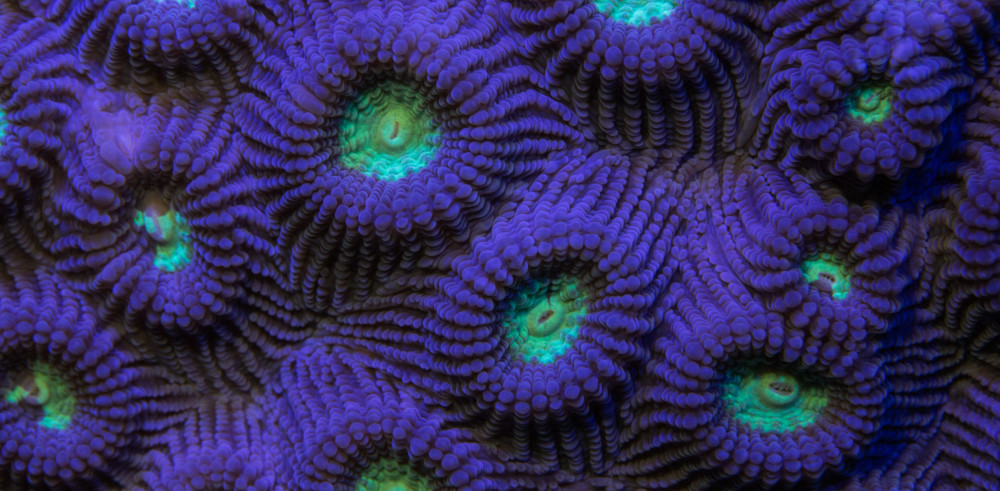Okinawa has three species of pit vipers and one coral snake. These venomous snakes are commonly found in the jungle. They are sometimes found in neighborhoods and local parks at nighttime during the summer season. Majority of the snake bites that I am familiar with happened on neighborhood night walks or harvesting sugar cane. I have seen pit vipers on public roads at night, on sidewalks, crawling on fences, on rock walls, in drainage ditches and inside vending machines.
The Okinawan Habu is the largest and most venomous pit viper found on Okinawa.
- Scientific name: Protothrops flavoviridis
- Common name: Okinawan or golden habu
- Habitat: Rock walls, caves, tree lines, parks, farming fields and near fresh water
- Diet: Mice, rats, shrews, bats, and birds
- Average size: 100-200cm
The silver habu is scarce on Okinawa. I have only found one live specimen. I didn’t realize what I found until I viewed the images on the computer,
Albino Habus are worshiped in Okinawa.
Okinawa is famous for its Habu Sake. They say it helps with sexual dysfunction in men.
The Taiwanese Habu was introduced to Okinawa in the 1970’s. They were imported for exhibitions and medical purposes. Somehow a few escaped and have populated the Island. I have seen over a dozen on my night hikes near Ryukyu Mura in Onna village.
- Scientific name: Protothrops mucrosquamatus
- Common name: Taiwanese habu or Brown spotted pit viper
- Habitat: Rock walls, trees, and caves
- Diet: Frogs, bats, mice, and birds
- Average size: 80-150cm
The Princess habu is the most common venomous snake on Okinawa. It is the smallest of the pit vipers found here.
- Scientific name: Ovophis okinavensis
- Common name: Princess habu or Hime habu
- Habitat: Rivers, ponds, creeks and runoff ditches.
- Diet: Mainly frogs
- Average size: 40-80cm
The Okinawan coral snake is extremely rare. I have only seen two specimens
-
- Scientific name: Sinomicrurus japonicus boettgeri
-
- Common name: Okinawan coral snake
-
- Habitat: Forest areas in northern Okinawa
-
- Diet: blind snakes and small lizards
- Average size: 30-60cm
Ways to avoid injury!
- Avoid catching or handling venomous snakes
- Wear exposure protection, such as snake boots when exploring the forest at night.
- Bring a flashlight on night walks in the neighborhood
Mission
To document and preserve the wildlife of the Ryukyu Islands
This site is also designed to help people identify the beautiful animals of Okinawa, basically to serve as an online nature reference guide. If you would like to make a contribution to support my mission, please click on the donation link below.
Your donations will help worldwide conservation initiatives as well as bringing solutions to the worldwide pollution issues on our beautiful shorelines. Thank you for your support. Shawn M Miller.




































































